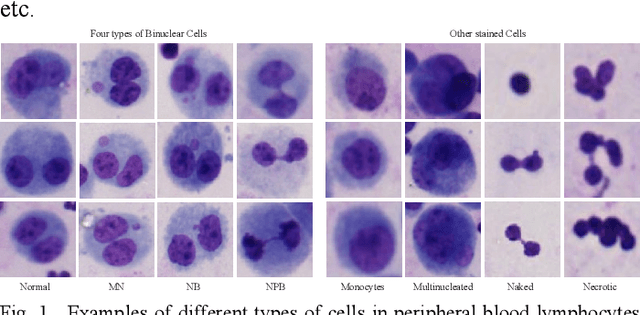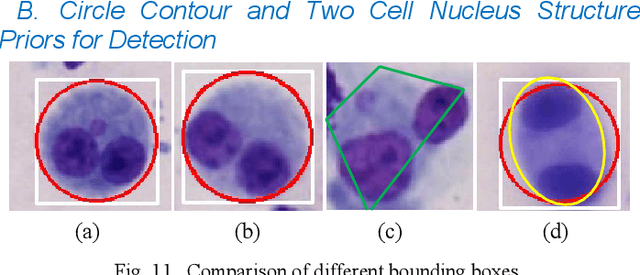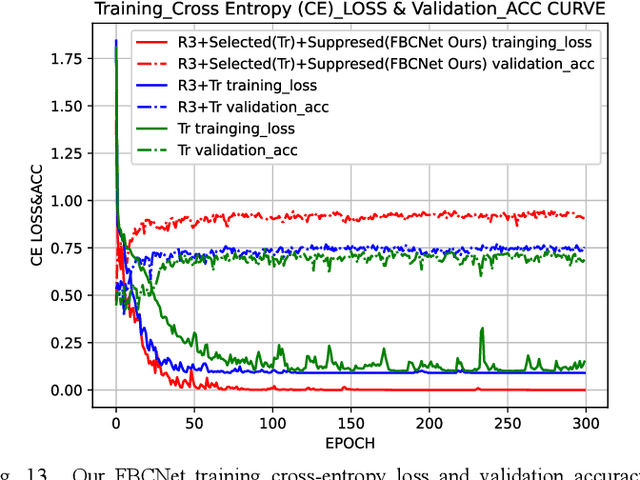Yu An
Deep Learning Approaches for Medical Imaging Under Varying Degrees of Label Availability: A Comprehensive Survey
Apr 15, 2025



Abstract:Deep learning has achieved significant breakthroughs in medical imaging, but these advancements are often dependent on large, well-annotated datasets. However, obtaining such datasets poses a significant challenge, as it requires time-consuming and labor-intensive annotations from medical experts. Consequently, there is growing interest in learning paradigms such as incomplete, inexact, and absent supervision, which are designed to operate under limited, inexact, or missing labels. This survey categorizes and reviews the evolving research in these areas, analyzing around 600 notable contributions since 2018. It covers tasks such as image classification, segmentation, and detection across various medical application areas, including but not limited to brain, chest, and cardiac imaging. We attempt to establish the relationships among existing research studies in related areas. We provide formal definitions of different learning paradigms and offer a comprehensive summary and interpretation of various learning mechanisms and strategies, aiding readers in better understanding the current research landscape and ideas. We also discuss potential future research challenges.
Machine Learning Reviews Composition Dependent Thermal Stability in Halide Perovskites
Apr 05, 2025Abstract:Halide perovskites exhibit unpredictable properties in response to environmental stressors, due to several composition-dependent degradation mechanisms. In this work, we apply data visualization and machine learning (ML) techniques to reveal unexpected correlations between composition, temperature, and material properties while using high throughput, in situ environmental photoluminescence (PL) experiments. Correlation heatmaps show the strong influence of Cs content on film degradation, and dimensionality reduction visualization methods uncover clear composition-based data clusters. An extreme gradient boosting algorithm (XGBoost) effectively forecasts PL features for ten perovskite films with both composition-agnostic (>85% accuracy) and composition-dependent (>75% accuracy) model approaches, while elucidating the relative feature importance of composition (up to 99%). This model validates a previously unseen anti-correlation between Cs content and material thermal stability. Our ML-based framework can be expanded to any perovskite family, significantly reducing the analysis time currently employed to identify stable options for photovoltaics.
FSC-loss: A Frequency-domain Structure Consistency Learning Approach for Signal Data Recovery and Reconstruction
Jan 08, 2025



Abstract:A core challenge for signal data recovery is to model the distribution of signal matrix (SM) data based on measured low-quality data in biomedical engineering of magnetic particle imaging (MPI). For acquiring the high-resolution (high-quality) SM, the number of meticulous measurements at numerous positions in the field-of-view proves time-consuming (measurement of a 37x37x37 SM takes about 32 hours). To improve reconstructed signal quality and shorten SM measurement time, existing methods explore to generating high-resolution SM based on time-saving measured low-resolution SM (a 9x9x9 SM just takes about 0.5 hours). However, previous methods show poor performance for high-frequency signal recovery in SM. To achieve a high-resolution SM recovery and shorten its acquisition time, we propose a frequency-domain structure consistency loss function and data component embedding strategy to model global and local structural information of SM. We adopt a transformer-based network to evaluate this function and the strategy. We evaluate our methods and state-of-the-art (SOTA) methods on the two simulation datasets and four public measured SMs in Open MPI Data. The results show that our method outperforms the SOTA methods in high-frequency structural signal recovery. Additionally, our method can recover a high-resolution SM with clear high-frequency structure based on a down-sampling factor of 16 less than 15 seconds, which accelerates the acquisition time over 60 times faster than the measurement-based HR SM with the minimum error (nRMSE=0.041). Moreover, our method is applied in our three in-house MPI systems, and boost their performance for signal reconstruction.
Can We Transfer Noise Patterns? A Multi-environment Spectrum Analysis Model Using Generated Cases
Aug 14, 2023



Abstract:Spectrum analysis systems in online water quality testing are designed to detect types and concentrations of pollutants and enable regulatory agencies to respond promptly to pollution incidents. However, spectral data-based testing devices suffer from complex noise patterns when deployed in non-laboratory environments. To make the analysis model applicable to more environments, we propose a noise patterns transferring model, which takes the spectrum of standard water samples in different environments as cases and learns the differences in their noise patterns, thus enabling noise patterns to transfer to unknown samples. Unfortunately, the inevitable sample-level baseline noise makes the model unable to obtain the paired data that only differ in dataset-level environmental noise. To address the problem, we generate a sample-to-sample case-base to exclude the interference of sample-level noise on dataset-level noise learning, enhancing the system's learning performance. Experiments on spectral data with different background noises demonstrate the good noise-transferring ability of the proposed method against baseline systems ranging from wavelet denoising, deep neural networks, and generative models. From this research, we posit that our method can enhance the performance of DL models by generating high-quality cases. The source code is made publicly available online at https://github.com/Magnomic/CNST.
From WSI-level to Patch-level: Structure Prior Guided Binuclear Cell Fine-grained Detection
Aug 26, 2022



Abstract:Accurately and quickly binuclear cell (BC) detection plays a significant role in predicting the risk of leukemia and other malignant tumors. However, manual microscopy counting is time-consuming and lacks objectivity. Moreover, with the limitation of staining quality and diversity of morphology features in BC microscopy whole slide images (WSIs), traditional image processing approaches are helpless. To overcome this challenge, we propose a two-stage detection method inspired by the structure prior of BC based on deep learning, which cascades to implement BCs coarse detection at the WSI-level and fine-grained classification in patch-level. The coarse detection network is a multi-task detection framework based on circular bounding boxes for cells detection, and central key points for nucleus detection. The circle representation reduces the degrees of freedom, mitigates the effect of surrounding impurities compared to usual rectangular boxes and can be rotation invariant in WSI. Detecting key points in the nucleus can assist network perception and be used for unsupervised color layer segmentation in later fine-grained classification. The fine classification network consists of a background region suppression module based on color layer mask supervision and a key region selection module based on a transformer due to its global modeling capability. Additionally, an unsupervised and unpaired cytoplasm generator network is firstly proposed to expand the long-tailed distribution dataset. Finally, experiments are performed on BC multicenter datasets. The proposed BC fine detection method outperforms other benchmarks in almost all the evaluation criteria, providing clarification and support for tasks such as cancer screenings.
 Add to Chrome
Add to Chrome Add to Firefox
Add to Firefox Add to Edge
Add to Edge